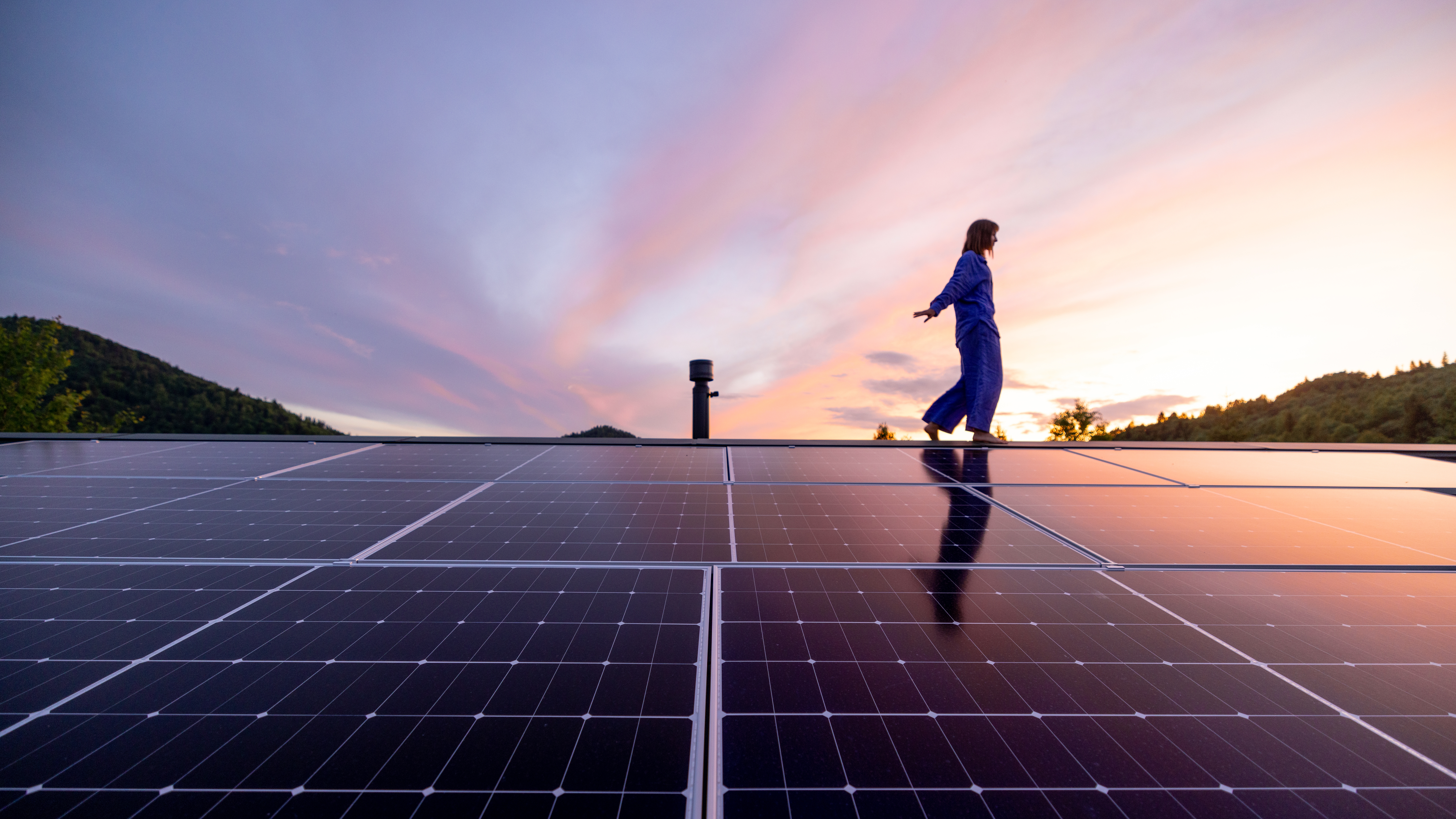
IFA, Europe’s Berlin-based Tech trade show, is often compared to the U.S.’s January tech pilgrimage to CES in Vegas. But while both are full of the latest tech wonders, the comparison should stop there. CES is a brash panacea of wild and crazy concepts, many of which will never see the light of day at a retailer. IFA, by contrast, feels like a stroll through the world’s largest retail store, with products tied neatly into key themes that are most likely to resonate with the consumers, rather than simply grab the best headline in the tech blogs. The pace of the show is far less frenetic than CES and families – yes, IFA is open to the public – browse the show floor looking for everything from home appliances to the latest TVs and accessories. It is, quite simply, a show that is based on the reality of what consumers are likely to want or need, rather than the proof-of-tech-prowess that envelopes CES.
The big theme of this year’s show was sustainability, a topic that can range from whole house solutions down to the smallest of accessories, while also helping companies get to their goal of carbon neutrality. More importantly, consumers are beginning to care far more about sustainability, including how the product is created, its lifespan and what happens at the end of life and many manufacturers are now paying attention to this trend, with a greater emphasis on recycled materials and the ability to let the consumer repair products rather than discard (or send back to the manufacturer for repair).
This was a clear message at many of the exhibits, with the use of recycled material (such as Urbanista’s Malibu speaker) clearly highlighted. Fairphone, the Dutch-based smartphone provider, takes this concept to the next level with talk of “ethically sourced” materials, and combines this with an easy upgrade option, where a consumer can swap out components with the use of one standard screwdriver. We expect this category of sustainably built (and maintained) products to grow in importance over the next few years as a way to address consumer concerns (still, in fairness, a relatively small segment of the market today). Indeed, such an approach could provide unique differentiation for smaller vendors looking to break into established markets.
But the bigger story comes with an ecosystem play, focused on reducing energy consumption in the home. Energy prices have increased considerably in the past few years, adding a substantial squeeze on many consumers’ budget (especially in Europe currently). The result has been an acceleration of already prescient movement to pull away from fossil fuels towards renewable energy sources such as wind and solar. While no one at the show was advocating for consumer-owned wind-turbines, solar solutions were abundant, especially when combined with battery back-up solutions (important since Berlin, for example, only enjoys sunshine 17% of the year).
But the energy management solution is about far more than simply throwing some solar panels on the roof, and a barrage of batteries to store the power. Rather, it is about how the tech devices in the home are used, and how energy efficient they are, and this provides an opportunity for “smart home” providers to move beyond their current, somewhat modest, solutions into a comprehensive ecosystem. Take, for example, the smart washing machine: many consumers today like the concept of this device simply because it sends them a smartphone alert when the wash is complete (hardly ground-breaking technology). But if the washing machine is tied into a true smart, energy management, home then the device can run at the optimum time to use the least amount of (or cheapest) power. Sunny outside? It will run now to leverage the solar panels. Three weeks of grayness in December? Perhaps run at 2AM when there is less demand on the grid, and therefore cheaper power.
This sets the stage for a more comprehensive smart home solution that leaps beyond today’s somewhat clever individual devices (smart lights, thermostats and so on). A true smart home solution needs to be inclusive of all the devices – and particularly the larger appliances – with the goal of creating a clear value proposition for the consumer. And nothing is a clearer benefit than the goal of saving money in the longer term.